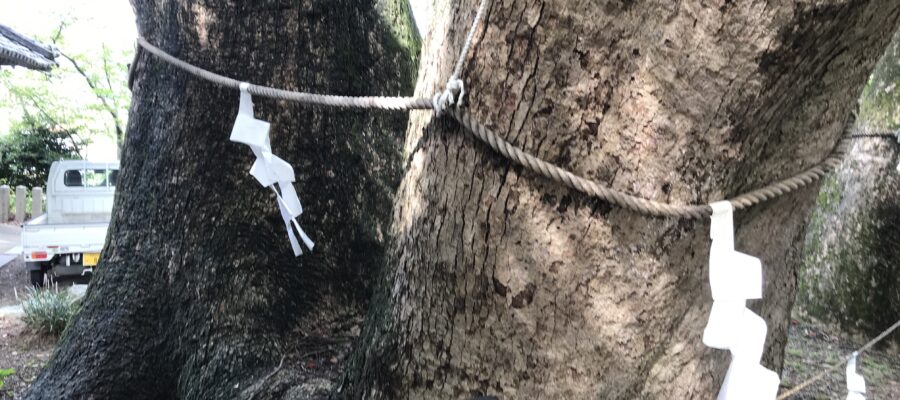和歌山に車で出かけた際に訪問した神社です。車で行く場合、神社に登る坂道に入っていく道が分かりづらく、間違えて高速道路に乗ってしまう失態を犯しました。おかげで30分以上のロスをして、なんとかたどり着くことができました。
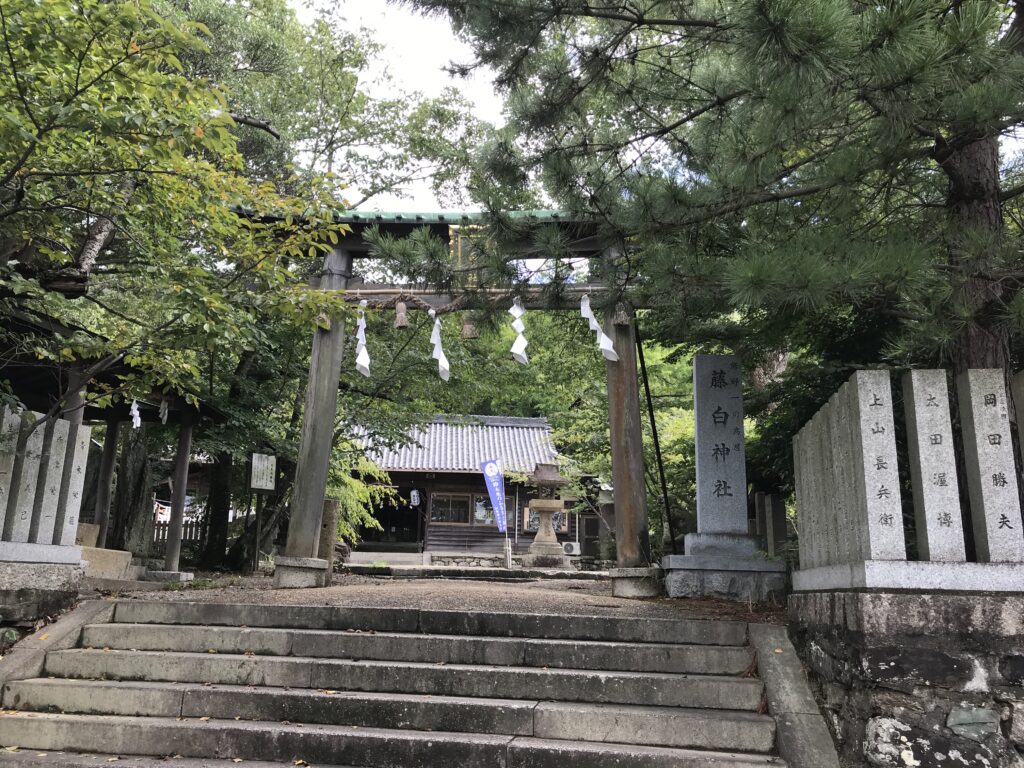
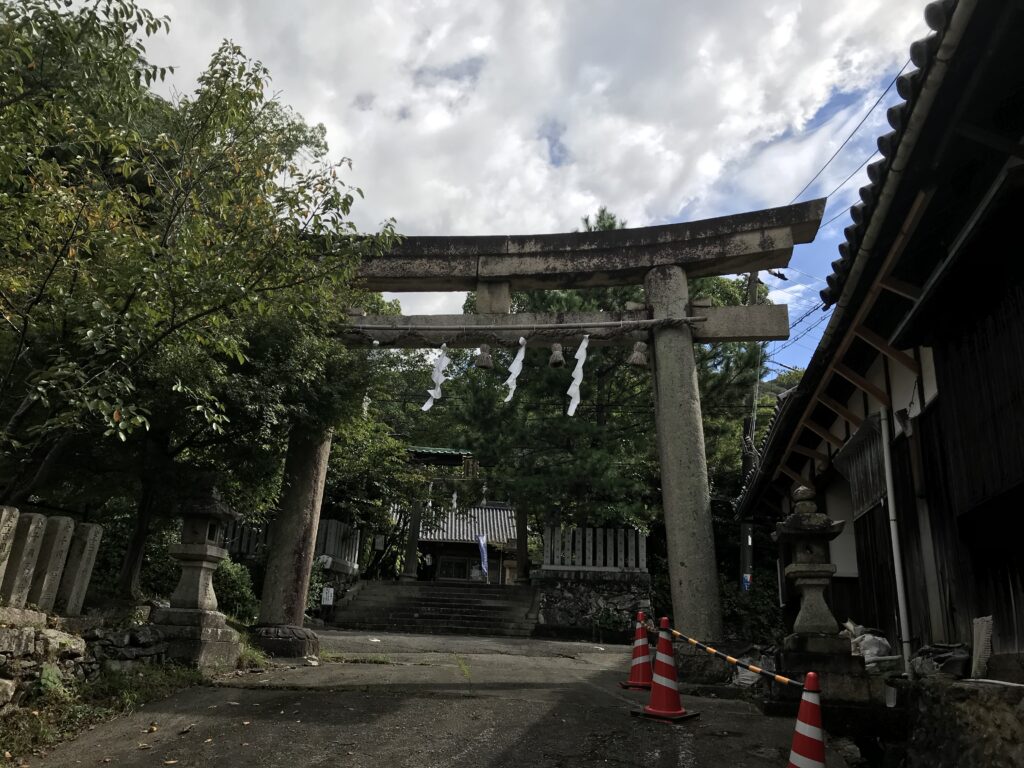
境内はそれほど広くない神社ですが、白木造りというか、色が付いていない分、自然の中に溶け込んでいるような独特の雰囲気があります。妻も一緒に行きましたが、雰囲気を気に入っているようでした。
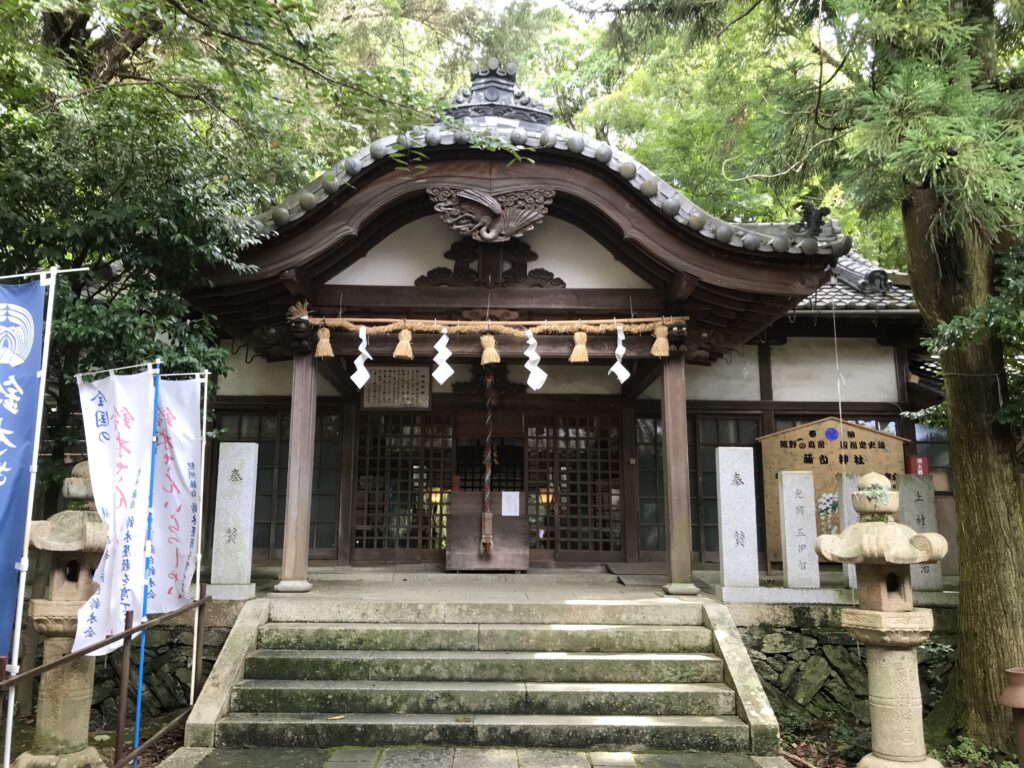
境内には大きな楠木が植えられていて、千年楠と呼ばれるそうです。ここに祀られている神様から、漢字の楠、熊、藤などの名前を授かる方が多く、その名を授かると長命、出世すると言われます。南方熊楠も名前を授かった一人で、熊と楠の漢字が名前にはいっています。
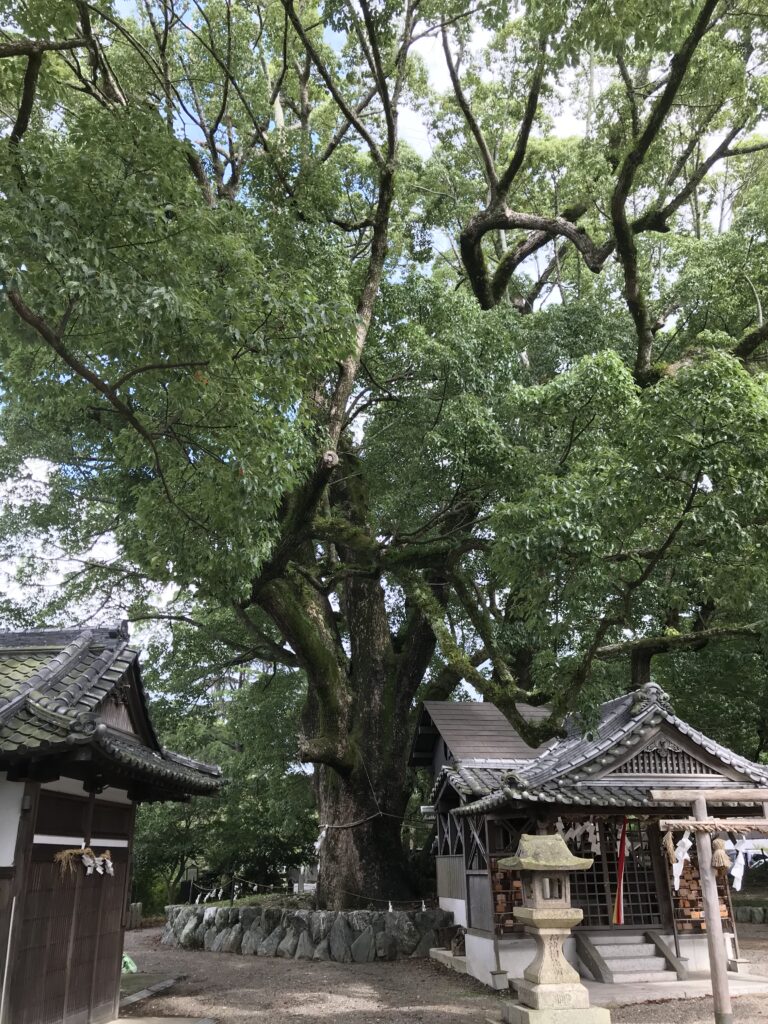
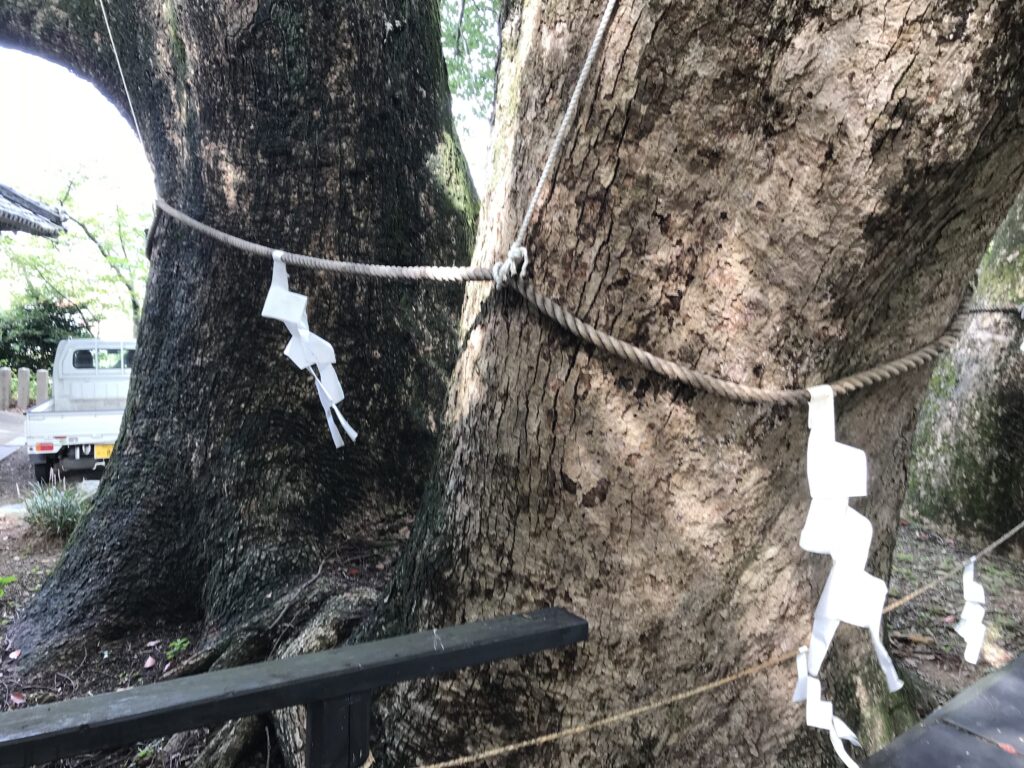
平安時代に盛んにおこなわれた熊野詣の際に、この神社に多くの人々が集いました。境内には熊野詣を繰り返し行った後鳥羽上皇の歌碑が建っています。また、宇多上皇、花山上皇、白河上皇の熊野御幸を記念して平安朝時代に建てられた記念塔「聖皇三代重石」もあります。
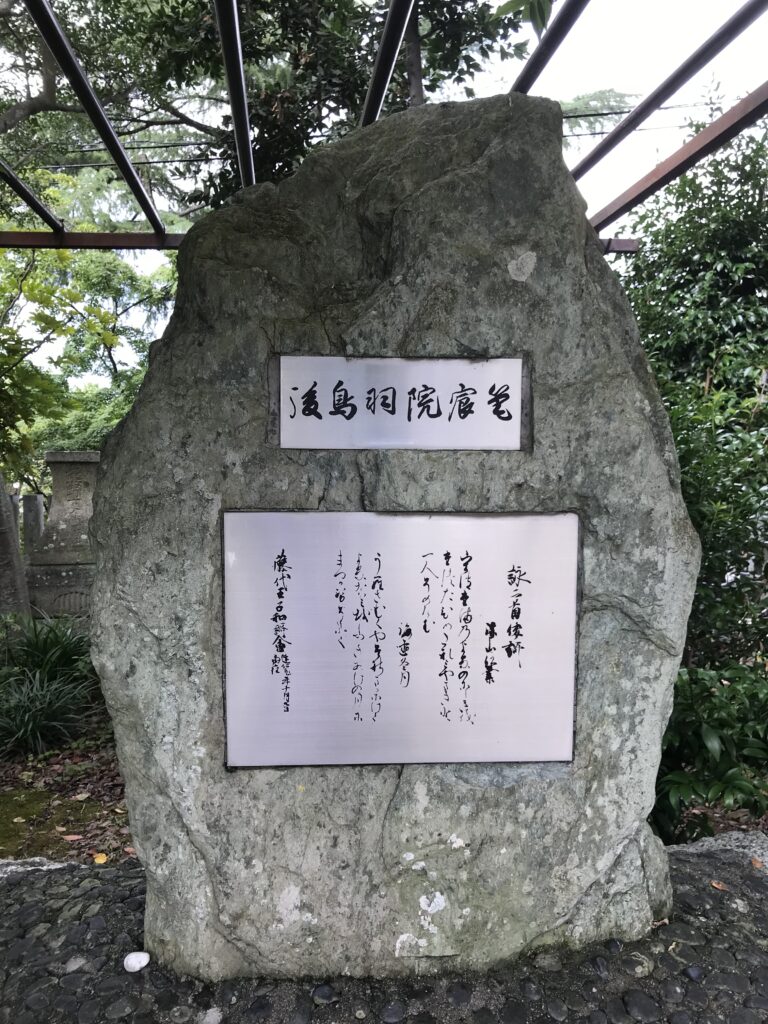
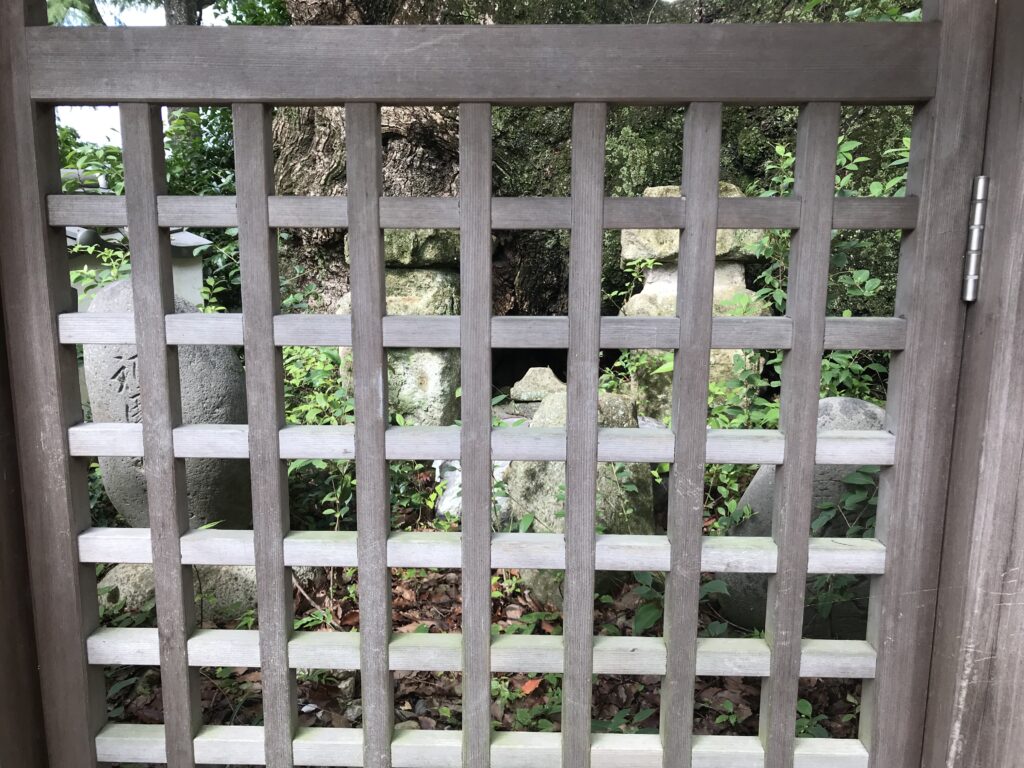
ここは、熊野古道の紀伊路の藤白王子の跡でもあります。「三熊野 一の鳥居」「これより熊野路のはじめ」と書かれた石碑が建っています。京都から淀川をくだり、陸路で今の大阪を南下して、いよいよ、ここから熊野の山に入っていく場所でした。そのため、「熊野三山の入口」とも呼ばれていました。御幸された上皇たちも、熊野の山に入る前に、気を引き締められたのかも知れません。(完)
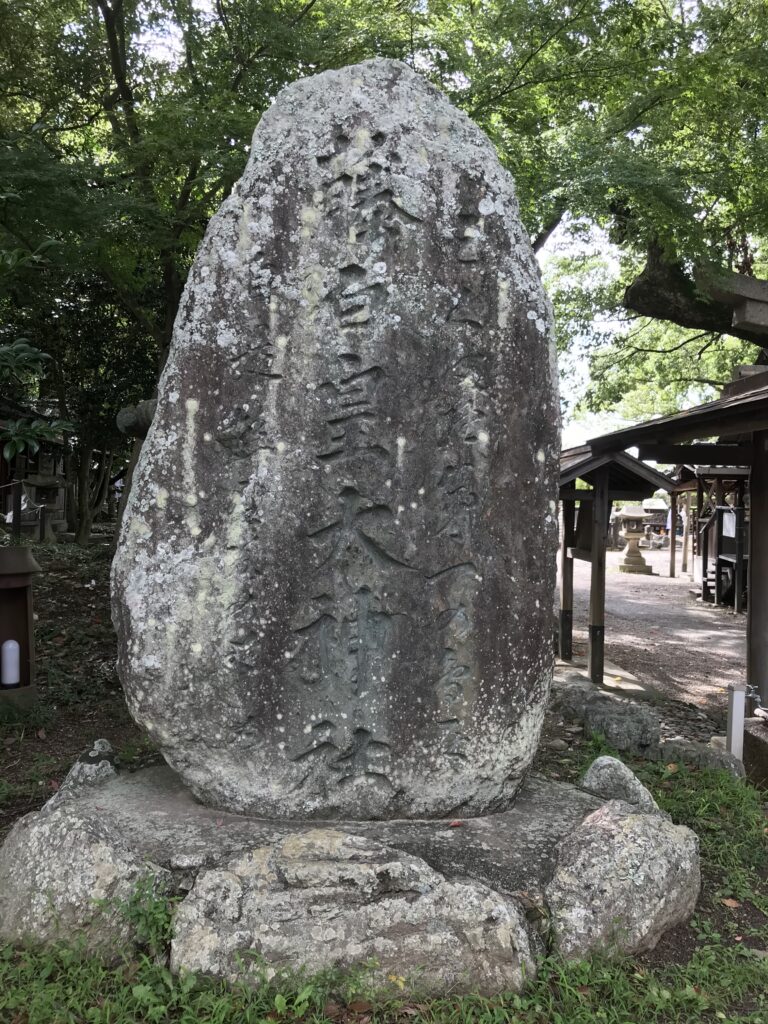
藤白神社の御朱印
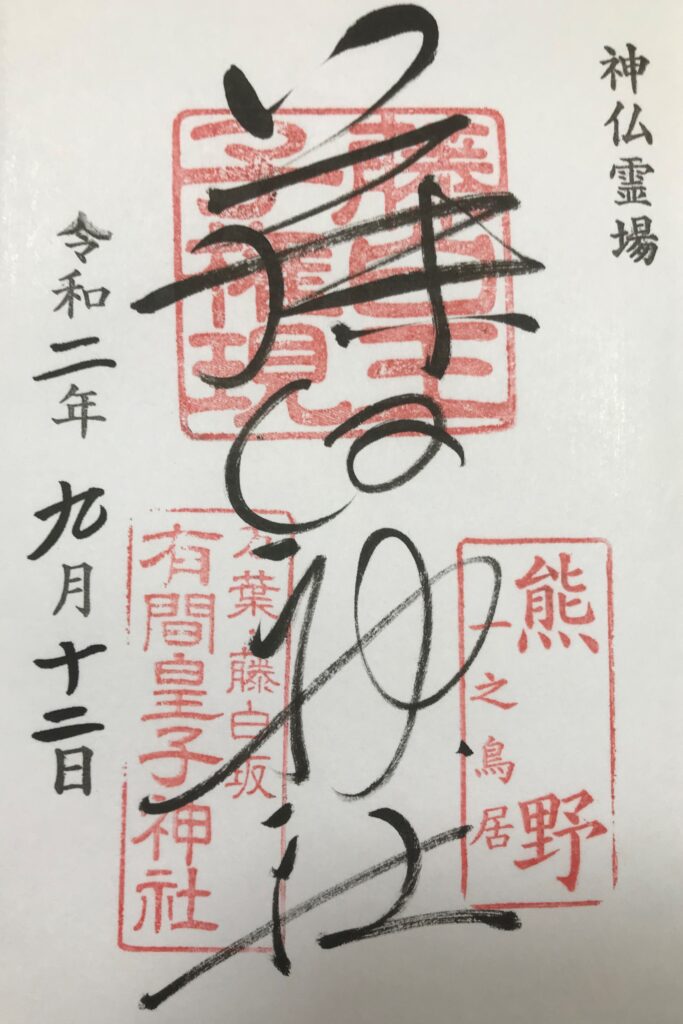
熊野古道を紹介した映像

にっぽんトレッキング100 西日本・沖縄 セレクション 京都 大峯奥駈道 大杉谷 熊野古道・伊勢路 [ (趣味/教養) ]
価格:3,080円
(2021/12/12 16:43時点)
感想(0件)
Fujisihro Shrine (Wakayama Prefecture)
I visited this shrine when I went to Wakayama by car. When going by car, it was difficult to find the way into the slope that goes up to the shrine, and I made the mistake of getting on the expressway by mistake. Because of this, I lost more than 30 minutes and managed to get there.
The shrine grounds were not very large, but the white wooden structure, or rather the lack of color, gave the shrine a unique atmosphere as if it was blending into nature. My wife went with me, and she seemed to like the atmosphere.
There was a large camphor tree planted in the precincts of the temple, and it was called the thousand-year camphor tree. The gods enshrined here often gave their names in Chinese characters, such as camphor, bear, wisteria, etc., and it is said that those who receive such names will live long and prosper. Minakata Kumagusu was one of those who received a name from the deity, and the kanji for bear and camphor are included in his name.
During the Heian period (794-1185), many people came to this shrine to make pilgrimages to Kumano. A monument to Emperor Go-Toba, who repeatedly made pilgrimages to Kumano, stands on the shrine grounds. In addition, there is a monument to the three emperors of the Heian period (794-1185) that commemorates the visits to Kumano by retired-Emperors Uta, Hanayama, and Shirakawa.
This is also the site of Prince Fujishiro of the Kii Road of the Kumano Kodo. There is a stone monument that reads, “Three Kumano shrines, the first torii gate” and “This is the beginning of Kumano Road. After traveling down the Yodogawa River from Kyoto and then southward by land to what is now Osaka, this was the place where one finally entered the mountains of Kumano. For this reason, it was also called the “entrance to the three Kumano mountains. The emperors who went to the shrine may have been bracing themselves before entering the Kumano mountains. (End)
Sanctuaire de Fujisihro (Wakayama Prefecture)
J’ai visité ce sanctuaire lorsque je suis allé à Wakayama en voiture. En allant en voiture, il était difficile de trouver le chemin dans la pente qui monte au sanctuaire, et j’ai fait l’erreur de monter sur la voie rapide par erreur. À cause de cela, j’ai perdu plus de 30 minutes et j’ai réussi à y arriver.
Le terrain du sanctuaire n’était pas très grand, mais la structure en bois blanc, ou plutôt l’absence de couleur, donnait au sanctuaire une atmosphère unique, comme s’il se fondait dans la nature. Ma femme m’a accompagné, et elle a semblé apprécier l’atmosphère.
Un grand camphrier était planté dans l’enceinte du temple, et on l’appelait le camphrier millénaire. Les dieux qui y sont enchâssés donnaient souvent leur nom en caractères chinois, comme camphrier, ours, glycine, etc., et on dit que ceux qui reçoivent de tels noms vivront longtemps et prospéreront. Minakata Kumagusu est l’un de ceux qui ont reçu un nom de la divinité, et les kanji pour ours et camphre sont inclus dans son nom.
Au cours de la période Heian (794-1185), de nombreuses personnes sont venues à ce sanctuaire pour faire des pèlerinages à Kumano. Un monument à la mémoire de l’empereur Go-Toba, qui s’est rendu à plusieurs reprises en pèlerinage à Kumano, se dresse dans l’enceinte du sanctuaire. En outre, un monument aux trois empereurs de la période Heian (794-1185) commémore les visites à Kumano des empereurs retraités Uta, Hanayama et Shirakawa.
C’est également le site du prince Fujishiro de la route Kii du Kumano Kodo. Il y a un monument en pierre sur lequel on peut lire : “Trois sanctuaires Kumano, la première porte torii” et “C’est le début de la route Kumano”. Après avoir descendu la rivière Yodogawa depuis Kyoto, puis avoir emprunté la voie terrestre vers le sud jusqu’à l’actuelle Osaka, c’est ici que l’on pénètre enfin dans les montagnes de Kumano. Pour cette raison, on l’appelait aussi “l’entrée des trois montagnes de Kumano”. Les empereurs qui se rendaient au sanctuaire se préparaient peut-être à entrer dans les montagnes de Kumano. (Fin)
